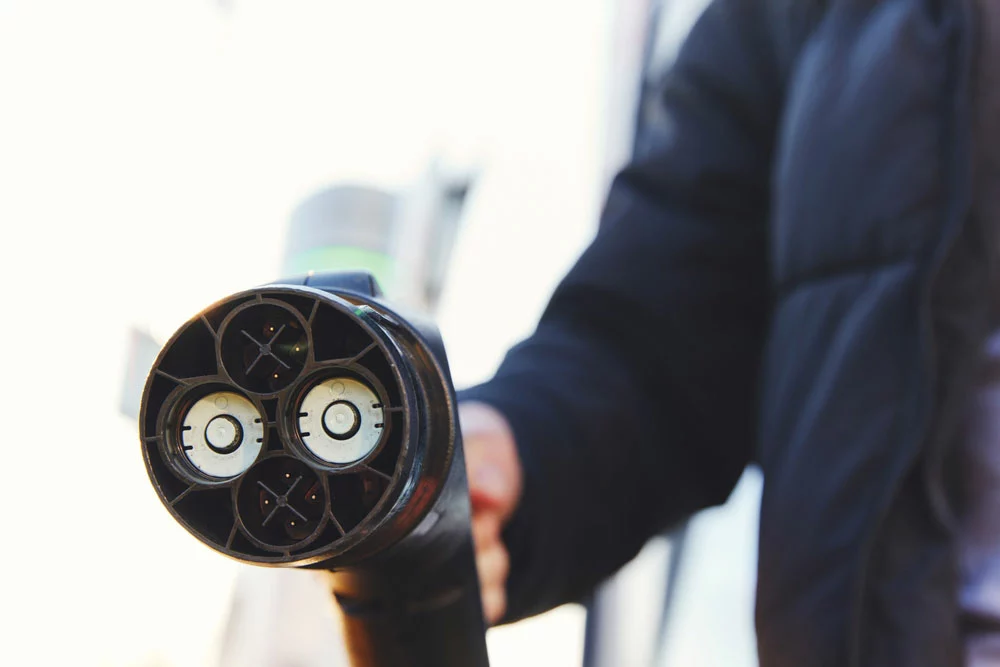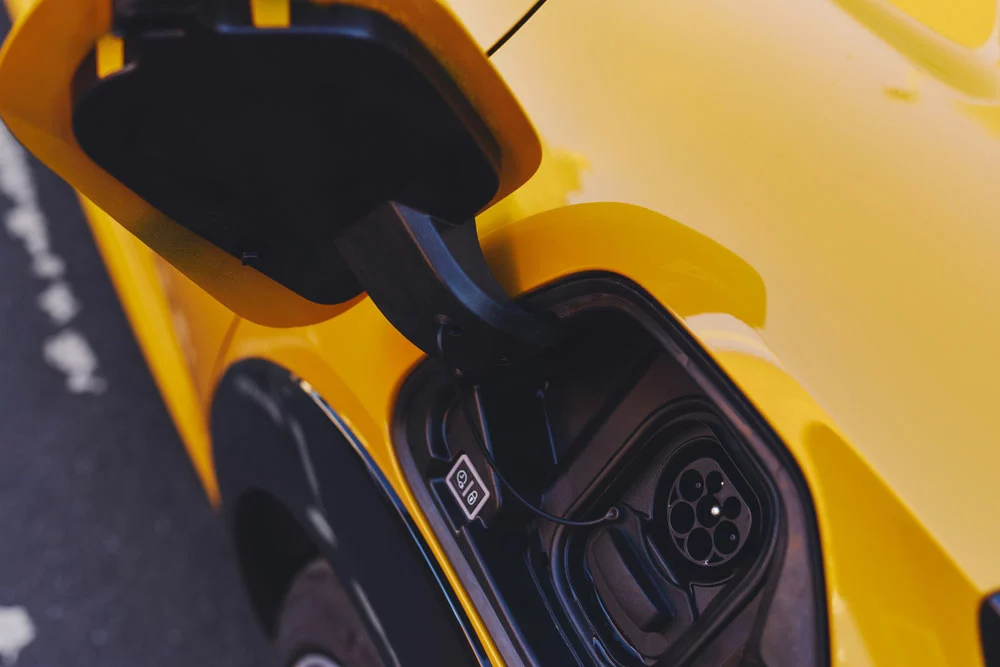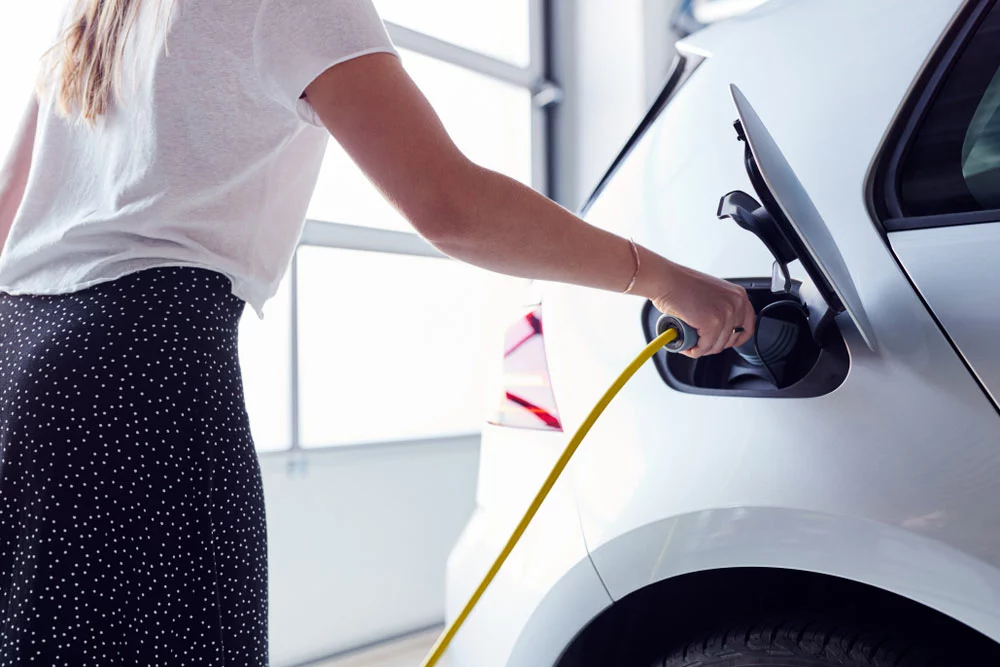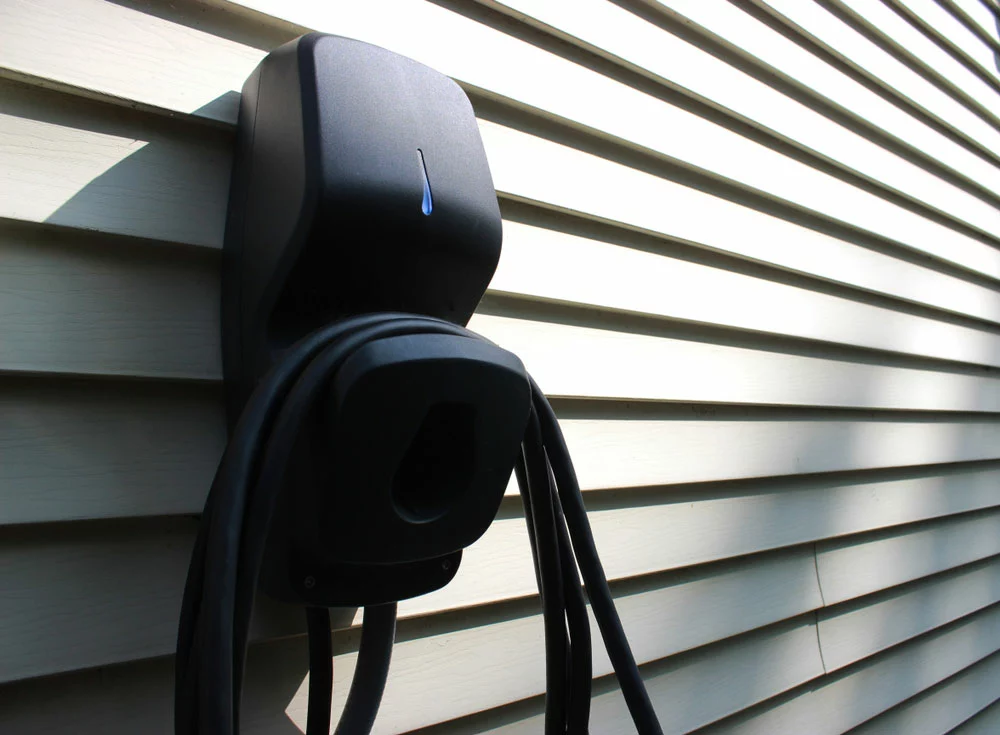Are you looking for a quick and convenient way to charge your electric vehicle? Look no further than dc fast charging! With dc fast charger, you can power up your car in minutes, freeing you to focus on the things that matter.
In this article, we’ll take a closer look at dc fast charging and explore all the benefits it has to offer. So why wait? Start exploring dc fast charging today and enjoy the ultimate convenience and efficiency!
What Does DC Fast Charger Mean Exactly?
A DC fast charger is an EV charger. It can charge an electric vehicle battery faster than a standard Level 2 charger. Most DC fast chargers are level 3 chargers, which means they can charge an EV battery up to 80% in 30 minutes.
DC fast chargers deliver a high voltage direct current (DC) to the battery. Then, it will bypass the onboard charger altogether.
There are a few different types of DC fast chargers on the market. But the most common three are CHAdeMO, Tesla Supercharger, and CCS chargers. You can find CHAdeMO chargers in Japan. Yet, CCS chargers are more common in Europe and North America.

Car charger plug type CHAdeMO
Public DC Fast Charging Stations
If you’re looking to charge your EV on the go, you need access to a dc fast charging station. These public chargers stations can be at popular destinations. You can find them at shopping malls, gas stations, and other places travelers visit.
Some DC fast-charging networks are free to use, while others have charging costs. Before using a dc fast charging station, ensure that the connector is compatible with your vehicle.

Electric cars power point plug
DC Fast Charger Versus Other Charging Stations
Charging Speeds
DC fast chargers can charge electric vehicles much faster than other charging stations. While a standard Level 2 charger can take up to 8 hours to get an EV 150 miles of range, a DC fast charger can do it in as little as 30 minutes. It is because DC fast chargers deliver a much higher electricity voltage to the battery, which charges it much faster.
Compatibility
Unlike other charging stations, DC fast chargers utilize three main connectors that are not interchangeable – the CHAdeMO connector, the Combined Charging System connector, and the Tesla Supercharger.
On the other hand, Level 2 charging stations have a connector known as the SAE J1772 EV plug that works with all-electric cars in the US.
Locations
One potential disadvantage of a DC fast charger is that they are less widely available than other types of charging stations. While there are over 43,000 public charging stations in the US, only about 5,000 public DC fast chargers exist. Electric vehicle owners may have to travel further to find a DC fast charger than they would to find another charging station.

Electric vehicle charging type
When and How to Use DC Fast Charging?
To use dc fast charging, plug the charger into your car and press the “Start” button. Depending on your vehicle and the dc fast charging station you’re using, it may take 10 – 30 minutes for your car’s battery to reach 80% capacity.
Also, check your vehicle’s user manual to determine if dc fast charging is right for you. Some newer electric cars are not compatible with dc fast charging. So, it’s important to do your research before using this type of charger.
Plus, It’s always preferred to watch your battery as it charges and not to leave your car unattended while charging.
Can You Install a DC Fast Charger at Home?
Unfortunately, the answer is no—at least not yet. The technology necessary to build a safe and reliable home DC fast charger doesn’t exist yet.
We can use DC fast charging only in industrial and commercial settings. For example, you can use them at public charging stations. Because level 3 DC fast chargers use a 440-Volt DC power supply, this can be very dangerous if not handled correctly.

Types of electric vehicle plugs
What EV Can Chargers Be Used at Home?
You’ll need a standard level 1 EV charger to start your EV charging at home. These chargers plug into a standard 110V outlet. And the charging session can take your EV battery up to 80% in 14-20 hours.
You can also opt for a level 2 charger if you need a faster charging option. These chargers plug into an electric range of 220V outlets and provide up to 25 miles of range per hour of charging.
So whether you need a charger overnight or on the go, an EV charger can meet your needs.

EV charger at home
How to Choose a Home EV Charger?
There are some important factors to consider when choosing a home EV charger. First, think about where you park your car most often. It will help you decide whether to use a standard Level 1 charger or a more powerful Level 2 charger.
Also, you should consider the size and layout of your garage or driveway. A compact Level 1 charger may be the best option if you have limited space. But if you have room to spare, a powerful Level 2 charger can help you recharge your EV faster and more.
And finally, consider your budget and how much you’re willing to invest in a home EV charger. While Level 1 chargers tend to be more affordable, they may not offer fast enough charging for your needs.
So, if you’re looking for a charger that can power up your EV, Level 2 chargers are likely the best choice.

A level-2 electric vehicle home charging station
Summary
This was a long journey, but you made it! Whether you’re using dc fast charging at home or in a public setting, this charger has many benefits.
So, if you’re looking to top off your EV battery, this rapid charging is the way. You can find the perfect charger for your lifestyle with all these great options.

